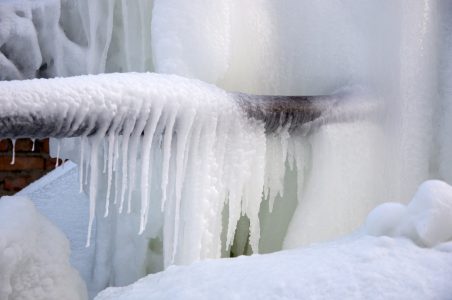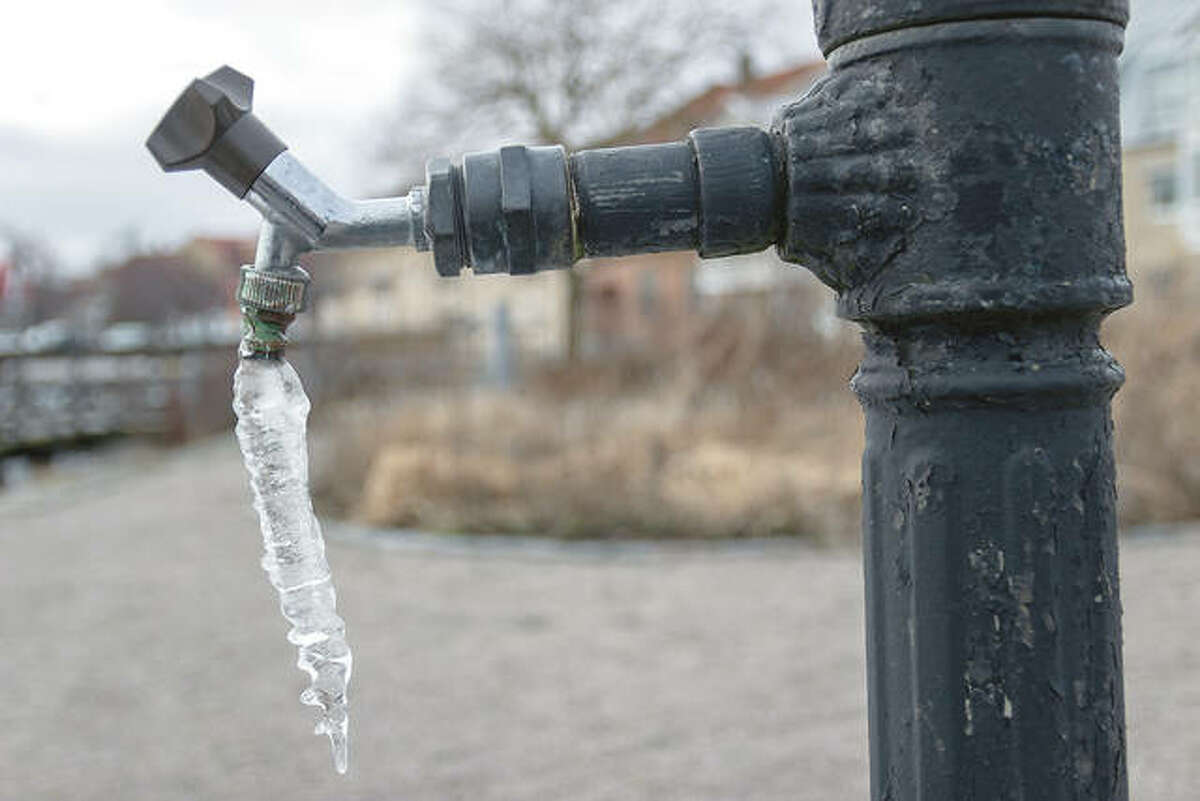Important Tips to Protect Against Frozen Pipes in Winter
Important Tips to Protect Against Frozen Pipes in Winter
Blog Article
Each person may have their unique idea on the subject of How to Prevent Your Pipes From Freezing.

Winter can ruin your pipes, specifically by freezing pipelines. Right here's exactly how to avoid it from happening and what to do if it does.
Intro
As temperatures drop, the risk of icy pipelines boosts, potentially leading to pricey repair services and water damage. Comprehending how to stop icy pipelines is important for home owners in chilly environments.
Prevention Tips
Protecting at risk pipelines
Wrap pipelines in insulation sleeves or use heat tape to secure them from freezing temperature levels. Focus on pipes in unheated or outside areas of the home.
Home heating methods
Maintain interior areas appropriately heated up, particularly locations with plumbing. Open cabinet doors to allow cozy air to flow around pipelines under sinks.
How to determine icy pipes
Try to find lowered water circulation from faucets, unusual odors or noises from pipes, and visible frost on subjected pipes.
Long-Term Solutions
Structural modifications
Take into consideration rerouting pipelines far from outside walls or unheated areas. Add extra insulation to attic rooms, cellars, and crawl spaces.
Updating insulation
Purchase top quality insulation for pipes, attic rooms, and wall surfaces. Proper insulation helps keep constant temperatures and lowers the danger of frozen pipelines.
Protecting Exterior Plumbing
Yard hose pipes and outdoor taps
Disconnect and drain pipes garden pipes before wintertime. Mount frost-proof spigots or cover exterior faucets with protected caps.
Understanding Frozen Pipelines
What causes pipelines to freeze?
Pipelines ice up when exposed to temperatures below 32 ° F (0 ° C) for prolonged durations. As water inside the pipelines ices up, it expands, taxing the pipeline wall surfaces and possibly triggering them to rupture.
Threats and damages
Icy pipes can bring about water supply interruptions, property damage, and costly repairs. Ruptured pipelines can flood homes and create extensive structural damage.
Indicators of Frozen Piping
Recognizing icy pipes early can prevent them from bursting.
What to Do If Your Pipelines Freeze
Immediate activities to take
If you think frozen pipelines, keep faucets open up to eliminate pressure as the ice thaws. Utilize a hairdryer or towels soaked in warm water to thaw pipes gradually.
Final thought
Preventing icy pipes requires aggressive steps and fast reactions. By recognizing the causes, indicators, and preventive measures, house owners can protect their plumbing throughout winter.
5 Ways to Prevent Frozen Pipes
Drain Outdoor Faucets and Disconnect Hoses
First, close the shut-off valve that controls the flow of water in the pipe to your outdoor faucet. Then, head outside to disconnect and drain your hose and open the outdoor faucet to allow the water to completely drain out of the line. Turn off the faucet when done. Finally, head back to the shut-off valve and drain the remaining water inside the pipe into a bucket or container. Additionally, if you have a home irrigation system, you should consider hiring an expert to clear the system of water each year.
Insulate Pipes
One of the best and most cost-effective methods for preventing frozen water pipes is to wrap your pipes with insulation. This is especially important for areas in your home that aren’t exposed to heat, such as an attic. We suggest using foam sleeves, which can typically be found at your local hardware store.
Keep Heat Running at 65
Your pipes are located inside your walls, and the temperature there is much colder than the rest of the house. To prevent your pipes from freezing, The Insurance Information Institute suggests that you keep your home heated to at least 65 degrees, even when traveling. You may want to invest in smart devices that can keep an eye on the temperature in your home while you’re away.
Leave Water Dripping
Moving water — even a small trickle — can prevent ice from forming inside your pipes. When freezing temps are imminent, start a drip of water from all faucets that serve exposed pipes. Leaving a few faucets running will also help relieve pressure inside the pipes and help prevent a rupture if the water inside freezes.
Open Cupboard Doors
Warm your kitchen and bathroom pipes by opening cupboards and vanities. You should also leave your interior doors ajar to help warm air circulate evenly throughout your home.

As an enthusiastic person who reads about Winter Plumbing Precautions: Preventing Frozen Pipes, I imagined sharing that section was essential. Do you know anybody else who is fascinated with the subject? Please feel free to promote it. Thanks for your time invested reading it.
Explore Now Report this page